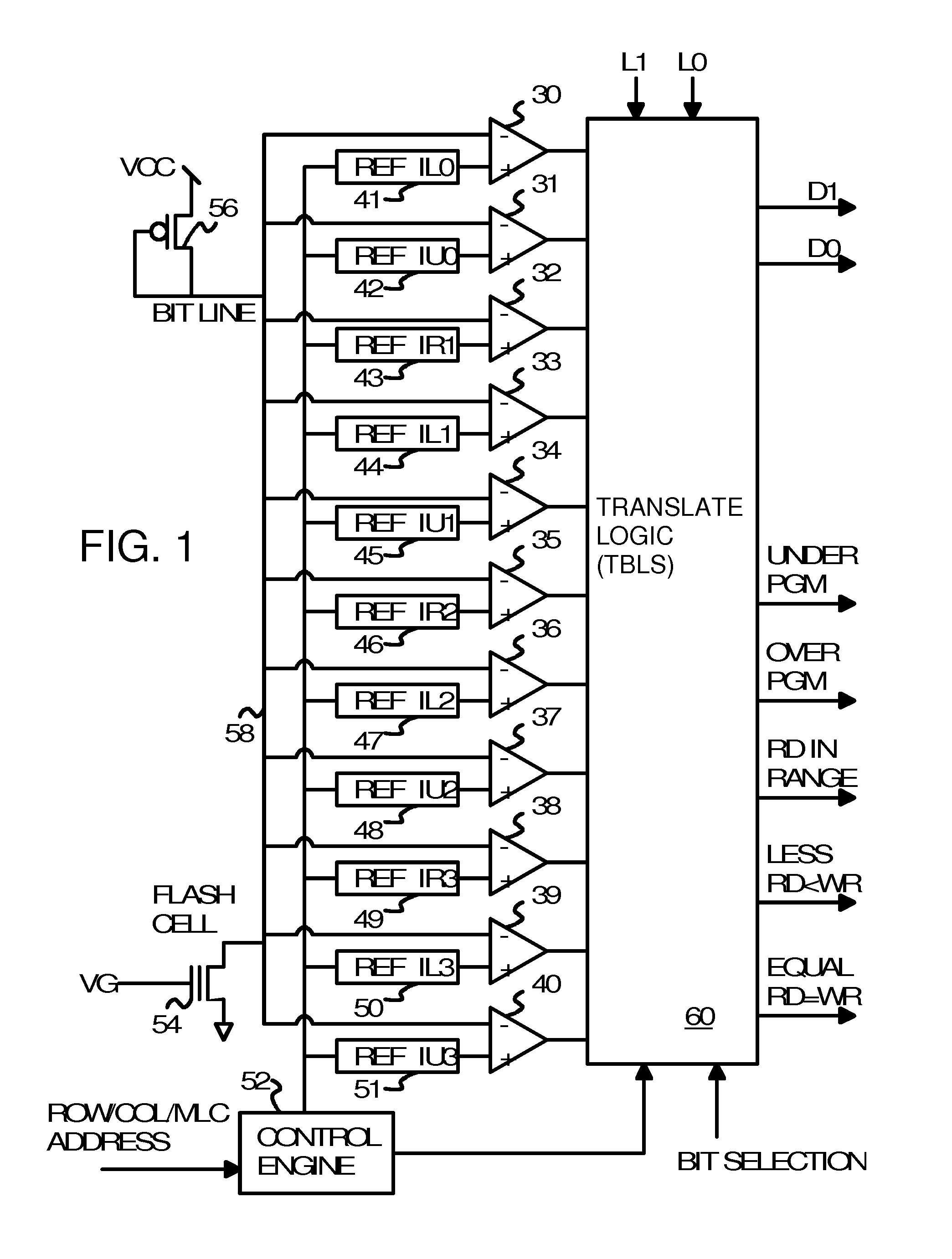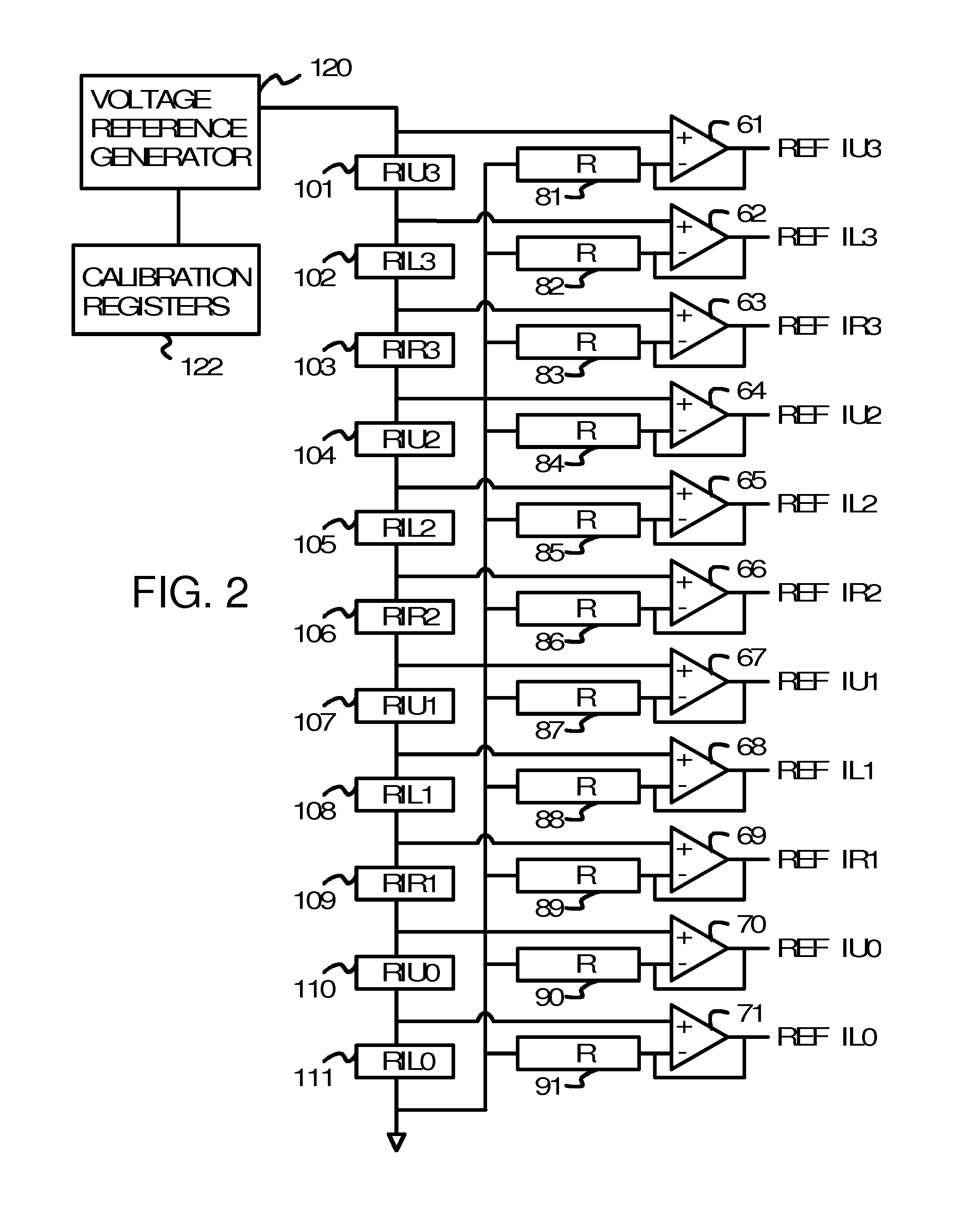Endurance and retention flash controller with programmable binary-levels-per-cell bits identifying pages or blocks as having triple, multi, or single-level flash-memory cells
a flash controller and memory technology, applied in the field of flash controllers, can solve the problems of low endurance, low endurance, and failure rate of high-density cells, and achieve the effect of reducing the number of program-erase cycles before the cell wears out and fails
- Summary
- Abstract
- Description
- Claims
- Application Information
AI Technical Summary
Benefits of technology
Problems solved by technology
Method used
Image
Examples
Embodiment Construction
[0043]The present invention relates to an improvement in adaptive Multi-Level-Cell (MLC) flash chips. The following description is presented to enable one of ordinary skill in the art to make and use the invention as provided in the context of a particular application and its requirements. Various modifications to the preferred embodiment will be apparent to those with skill in the art, and the general principles defined herein may be applied to other embodiments. Therefore, the present invention is not intended to be limited to the particular embodiments shown and described, but is to be accorded the widest scope consistent with the principles and novel features herein disclosed.
[0044]FIG. 1 shows multi-level voltage sensing of a MLC cell. The example of FIGS. 1-2 show a 2-bit, 4-state MLC, but other examples could be devised for other sizes, such as 4-bit, 16-state QLC memory.
[0045]A flash-memory chip has an array of flash cells arranged in rows and columns that are selectable by ...
PUM
 Login to View More
Login to View More Abstract
Description
Claims
Application Information
 Login to View More
Login to View More - R&D
- Intellectual Property
- Life Sciences
- Materials
- Tech Scout
- Unparalleled Data Quality
- Higher Quality Content
- 60% Fewer Hallucinations
Browse by: Latest US Patents, China's latest patents, Technical Efficacy Thesaurus, Application Domain, Technology Topic, Popular Technical Reports.
© 2025 PatSnap. All rights reserved.Legal|Privacy policy|Modern Slavery Act Transparency Statement|Sitemap|About US| Contact US: help@patsnap.com



